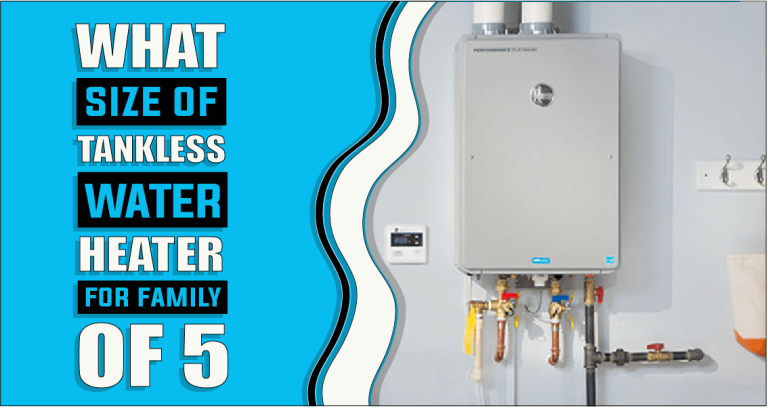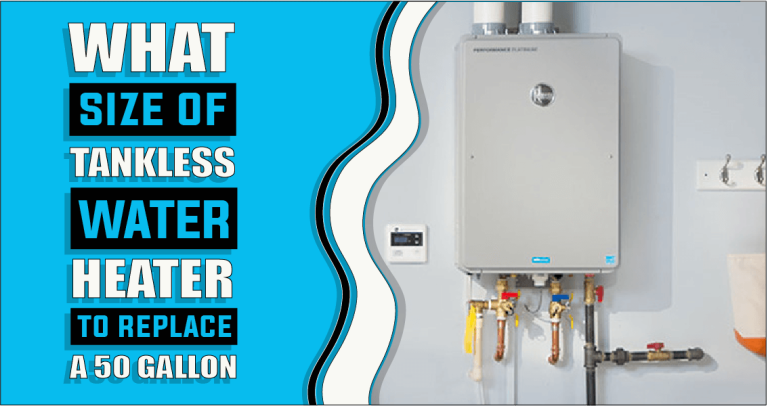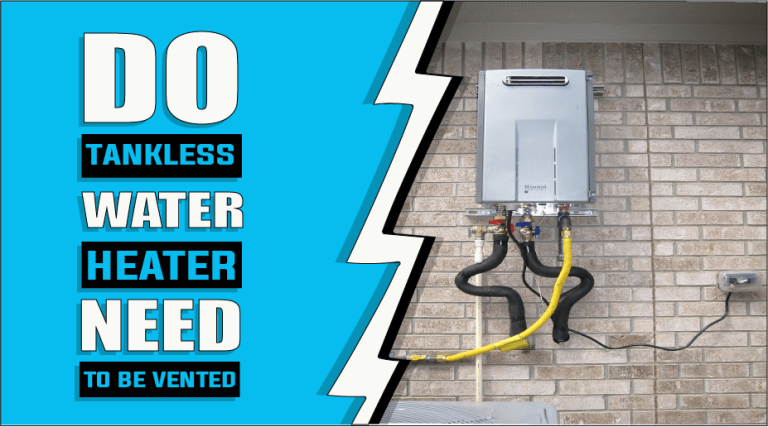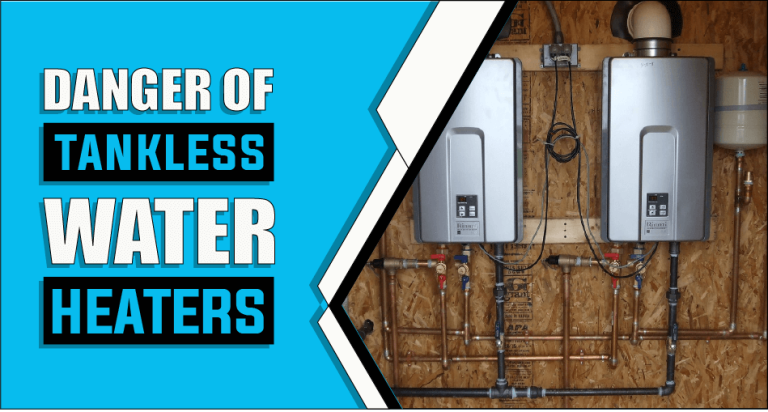Is 140 Degrees too Hot for Water Heater – The Truth Reveals
When the water heater in your house starts to make strange noises and you begin to notice a dramatic increase in your energy bills, it’s probably time for an upgrade. But it can be hard to determine which water heater is best for you: what works for one family may not work well for another. One key question that many homeowners have when choosing a new water heater is: Is 140 Degrees too Hot for Water Heater? The answer might surprise you! In this post, we’ll explain why 140°F is a safe temperature for most residential water heaters and discuss the appropriate precautions everyone should take when managing them. Whether you are looking to lower the temperature or want more information on which settings work best for your application, continue reading and we’ll provide further insights into effectively using your equipment.
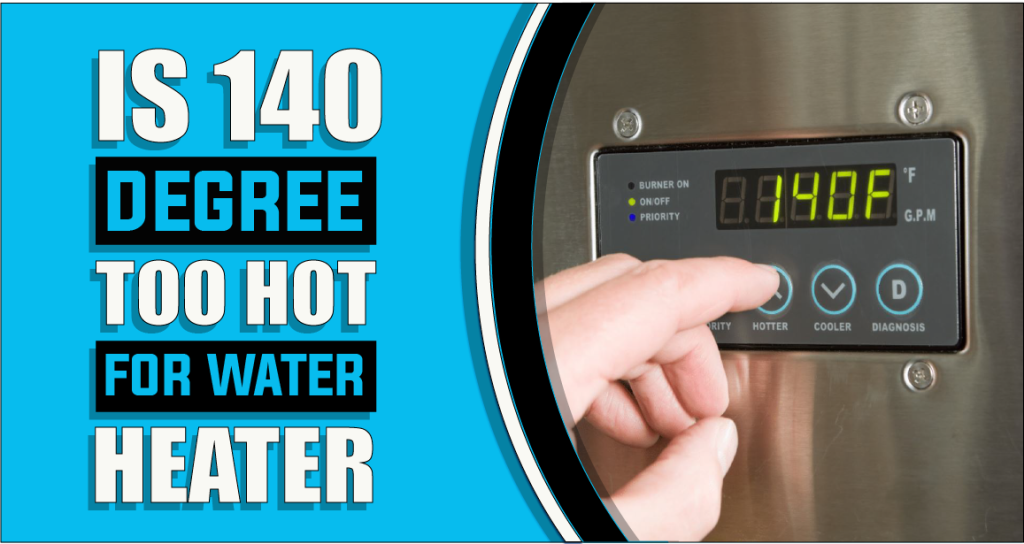
Let’s explore is 140 Degrees too Hot for Water Heater?
When it comes to the temperature of a water heater, there is no conclusive solution. Some people prefer their water heater set to 140 degrees, while others find that temperature too hot. The right temperature for your household depends on how you like your water and how comfortable you feel with the heat. Both configurations have advantages and disadvantages. A higher temperature means hotter water, which can be great for baths or showers. Less waiting time for hot water to flow from the faucet is another benefit. However, it can also mean that your water bill is higher and that you have to be more careful with your water usage.
On the other hand, a lower temperature means less heat in your water, but it can also mean that you don’t have to wait as long for hot water to come out of the tap. You may also be able to reduce your water bill. The ideal temperature for your water heater ultimately depends on your preferences and requirements. Find out what environment suits your household’s needs the best by talking to your family.
Is 140 degrees too hot for the water heater thermostat setting and what are the risks of high temps?
While a higher temperature can provide hotter water, it also increases the risk of scalding. If you have small children or elderly family members in your home, then setting the thermostat to a lower temperature may be best. Additionally, high temperatures are more costly in terms of both energy usage and water bills. Depending on your household needs, 140 degrees may not be the optimal setting for your water heater.
To sum up, there is no one-size-fits-all answer when it comes to setting the thermostat of your water heater. Consider all factors – from safety to usage costs – before deciding on the best temperature for you and your family’s needs. In some households, 140 degrees may be too hot while in others, it may be just the right temperature. The choice ultimately comes down to your needs and preferences.
Benefits of 140 Degrees temperature setting for water heater
When set to 140 degrees, a water heater can provide hot water faster than with a lower temperature setting. This is beneficial when you are in a rush or want to save time while showering or bathing. Additionally, the higher temperature may be more comfortable for those who like their showers and baths hotter. However, it’s important to remember that this higher temperature also increases energy usage, which usually translates into higher monthly bills.
Therefore, you need to balance the benefits of 140 degrees with the cost before deciding on the best thermostat setting for your home. You should also consider the safety risks associated with high temperatures. Setting the thermostat too high might cause scalding if there are small children or elderly family members at home. In conclusion, the best temperature setting for your water heater depends on how you like your water and how comfortable you feel with the heat.
Consider all factors, including safety risks and energy usage costs, before deciding on the best thermostat setting for your home. Ultimately, 140 degrees may be too hot or just right depending on the needs of your household. Talk to everyone in your family and decide what works best for everyone.
Downsides of 140 Degrees Temperature For Hot Water Heater
When set to 140 degrees, a water heater can run up energy usage costs, leading to higher monthly bills. Additionally, it increases the risk of scalding if there are small children or elderly family members in the home. If you decide to set your thermostat this high, make sure everyone is aware of the risks and take proper safety precautions.
In conclusion, setting your water heater thermostat to 140 degrees may be too hot for some households. Before choosing the ideal temperature for your home, it’s crucial to take all relevant elements into account. Consider energy usage costs, comfort level with heat levels, and safety risks associated with high temperatures.
Precautions to take if your water heater is set at 140 degrees or higher
If you set the thermostat of your water heater to 140 degrees or higher, make sure to take proper safety precautions. Install a mixing valve that can automatically adjust the temperature of the hot water and reduce the chances of scalding. Additionally, teach kids about the dangers of high temperatures and keep them away from hot water. Finally, check regularly for leaks in your water heater that might cause a scalding risk even at lower temperatures.
In conclusion, setting your water heater thermostat to 140 degrees or higher carries certain risks that need to be taken into consideration. Make sure to install any necessary safety measures, educate family members on the dangers of high heat levels and check for any leaks in your system. By taking these steps, you can enjoy the benefits of hot water at a comfortable and safe temperature.
Finally, it’s important to remember that the decision on whether 140 degrees is too hot or just right for your water heater should be based on balancing all factors – including safety risks, energy usage costs, and comfort level with heat levels. In the end, only you and your family can determine what is ideal. Before settling on the ideal thermostat setting for your home, consult with everyone in your family. With proper precautions and by considering all factors, you will find the perfect temperature for your needs!
How to adjust the water heater thermostat to a lower temperature?
If you decide that 140 degrees are too hot for your water heater, you can easily adjust the thermostat to a lower temperature. First, locate the thermostat on the outside of your water heater and unscrew it. The dial should then be carefully turned to the appropriate temperature. Once done, reattach the thermostat and make sure it doesn’t have any air leaks or cracks as this might cause safety risks even at lower temperatures.
Finally, test the water from each tap in your home to check that it’s at a comfortable temperature level. In conclusion, adjusting the thermostat of your water heater from 140 degrees to a lower temperature is relatively easy and can be done in just a few steps. However, make sure to check for air leaks and test the water temperature afterward. By doing this, you can take advantage of hot water that is both cozy and secure!
Related Questions:
The appropriate water heater temperature relies on some variables, including your personal preferences and the size of your home. Generally, it’s recommended to set the thermostat between 120-140 degrees Fahrenheit (49-60°C).
Locate the thermostat on the outside of your water heater, unscrew it and turn the dial to the desired temperature. Then reattach the thermostat and make sure there are no air leaks or cracks. Finally, test the water from each tap in your home to check that it’s at a comfortable temperature level.
Setting the water heater thermostat to high temperatures can increase the risk of scalding and lead to burns or other injuries. Additionally, it can cause excessive energy usage, resulting in higher bills.
Install a mixing valve that can automatically adjust the temperature of the hot water and reduce the chances of scalding. Additionally, keep children away from the water heater and inform family members about the dangers of high heat levels. Finally, check for any leaks in your system to prevent any safety issues. Overall, it’s important to carefully consider whether 140 degrees is too hot or just right for your water heater before setting the thermostat to that temperature.
Conclusion
So in conclusion of Is 140 Degrees too Hot for Water Heater. Water heater temperatures can range from very low to very high depending on individual needs and preferences. However, setting the thermostat to 140 degrees or higher carries certain risks that should be considered before doing so. By taking proper safety precautions, educating family members about the dangers of high heat levels, and testing for any leaks or air gaps in your system, you can enjoy hot water at a comfortable and safe temperature level! Always keep in mind to strike a balance while determining the ideal thermostat setting for your house. With care and consideration, you will find the perfect temperature for your needs!
Ella John is passionate about helping her readers make the best choice when purchasing a heater. She understands that selecting a heater can be difficult and strives to provide information to help make the decision easier. Ella’s website, Heatersinfo.com, provides valuable insight into heating trends and types of heaters and tips on how to care for them. She also advises selecting the right heater based on individual needs and preferences. Her expertise in electronics makes her an excellent source of knowledge, and she is confident that anyone who visits her website will find the perfect heater information for their needs. Ella’s dedication to helping others make educated decisions about buying the right heater is unparalleled, and she hopes to continue offering her expertise for many years. With Ella’s help, finding the perfect heater can be a breeze!


